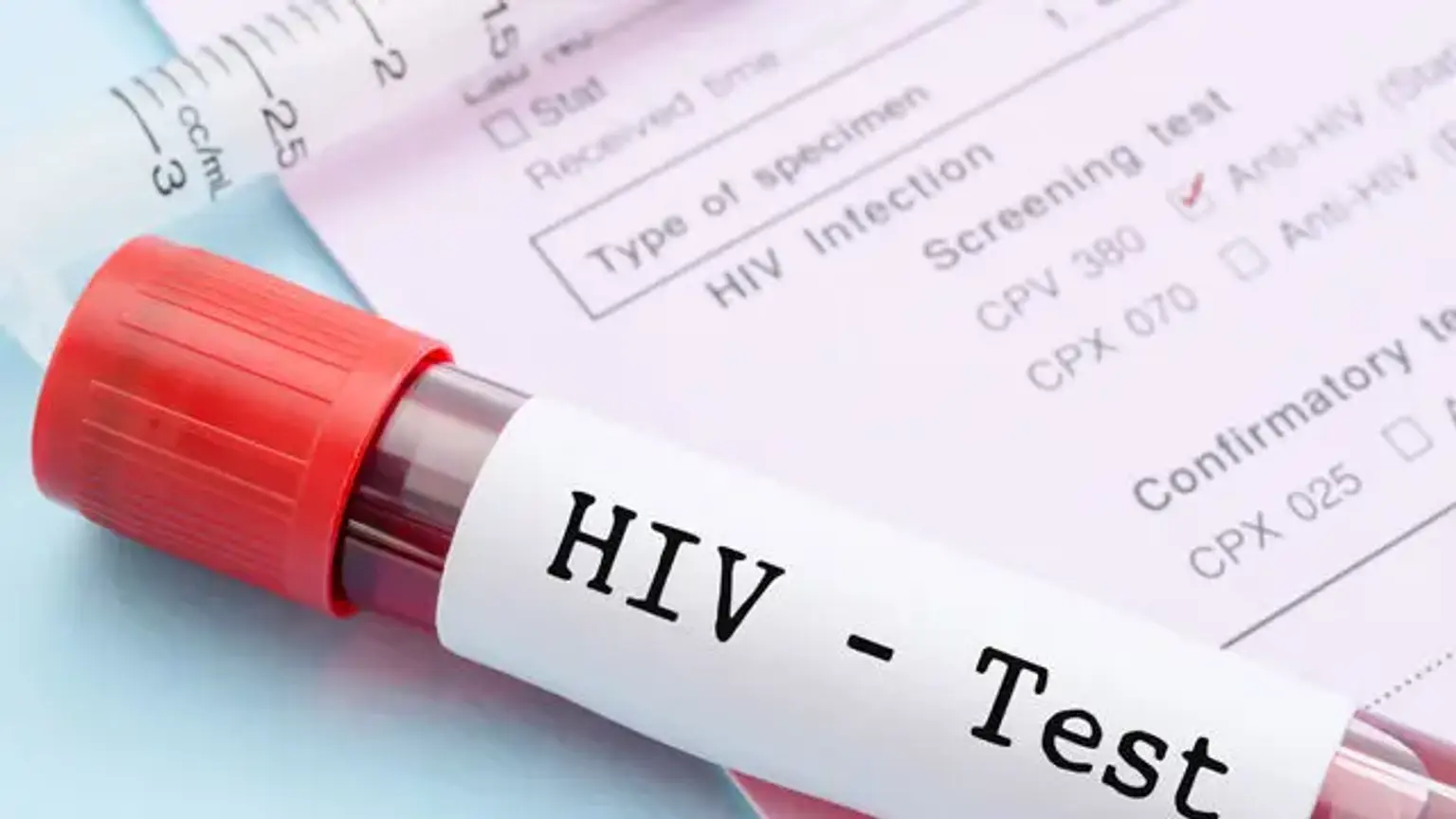Human Immunodeficiency Virus (HIV)
Overview
HIV stands for Human Immunodeficiency Virus which's a virus that targets the immune system of the body. HIV can develop to AIDS if it is not treated (acquired immunodeficiency syndrome).
The virus is classified into two types: HIV-1 and HIV-2. HIV-2 is most typically found in West Africa, however it is also present in other parts of the world. HIV tests typically look for both types.
When certain body fluids are shared, such as during vaginal or anal sex, or when injecting drugs, the virus spreads from person to person. It can also be transmitted through contaminated tattoo and body piercing needles. It can also be transmitted during oral sex, however the likelihood is low.
